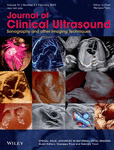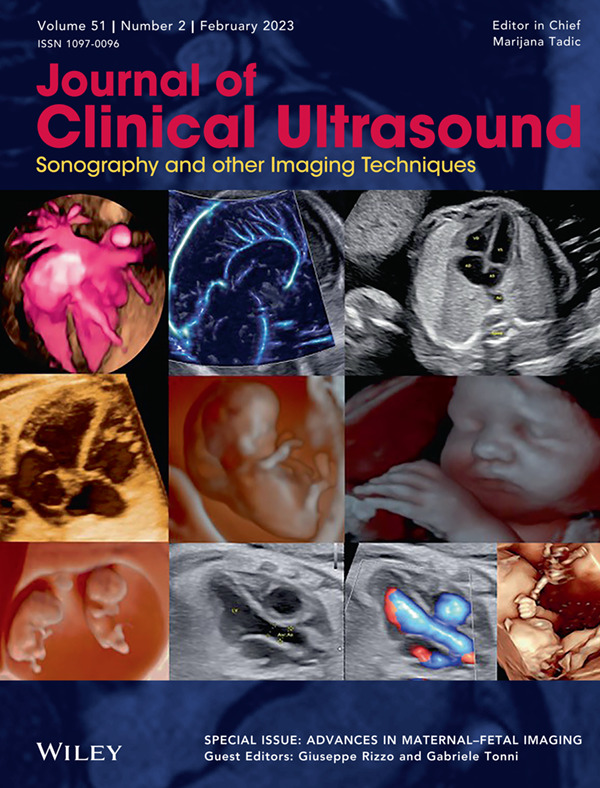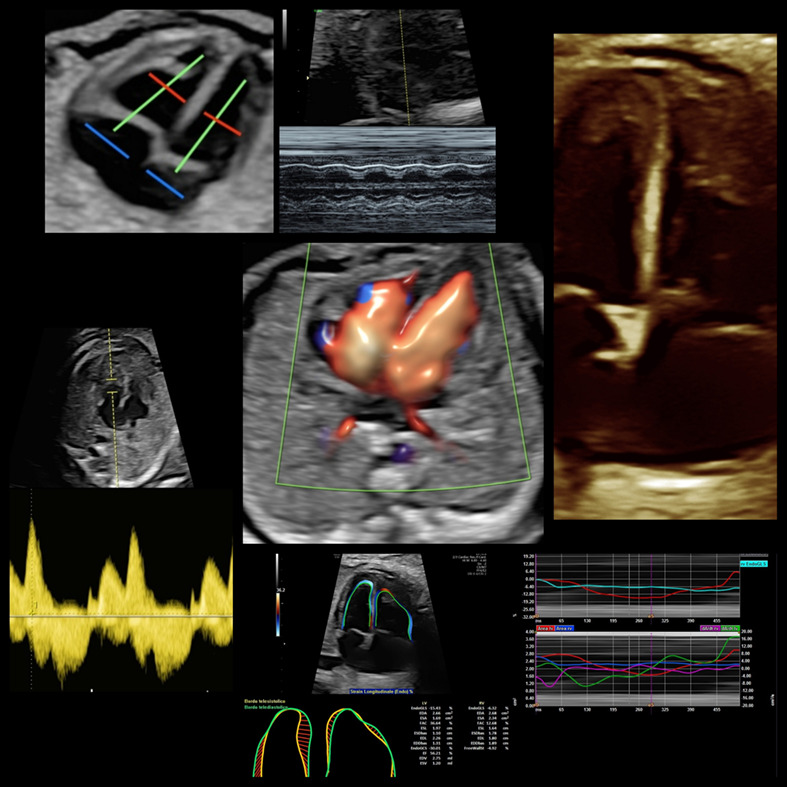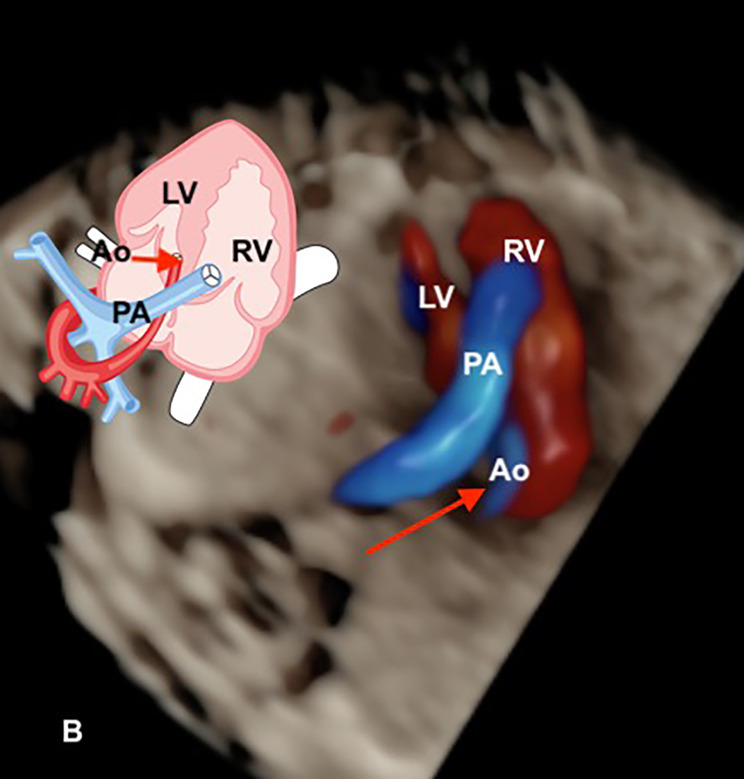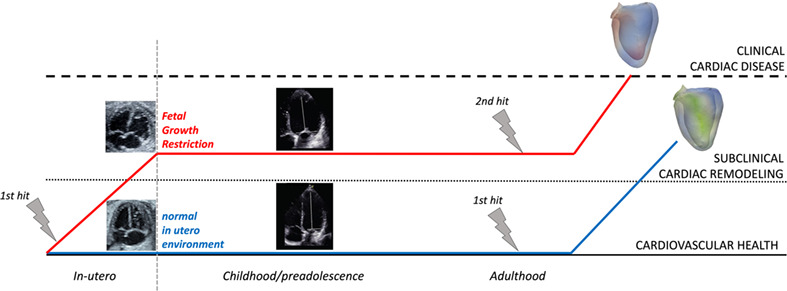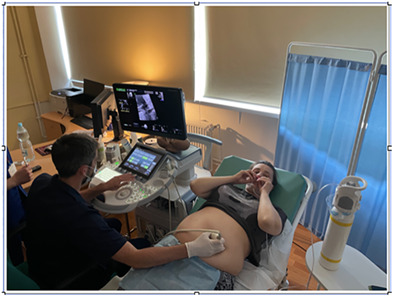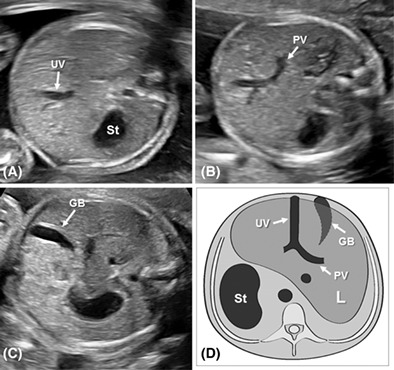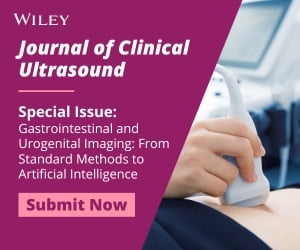Journal list menu
Export Citations
Download PDFs
COVER IMAGE
ISSUE INFORMATION
EDITORIAL
REVIEWS
The use of cardiac ultrasound imaging in first-trimester prenatal diagnosis of congenital heart diseases
- Pages: 225-239
- First Published: 05 December 2022
Echocardiographic features and outcome of restrictive foramen ovale in fetuses with and without cardiac malformations: Literature review
- Pages: 240-248
- First Published: 05 December 2022
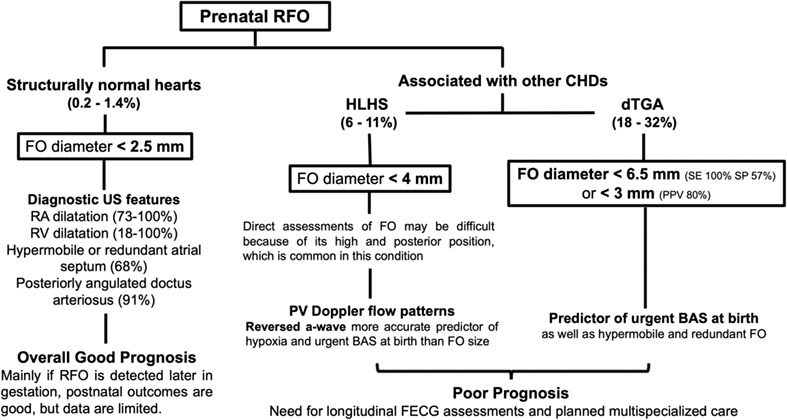
Fetuses affected from HLHS and D-TGA with RFO have a poor prognosis, RFO or cFO in an otherwise structurally normal heart if found in later gestation have an overall good outcome. Clinicians should be aware and plan the optimal multi specialized care in order to assess the best medical or surgery treatment for these patients. BAS, Balloon Atrial Septostomy; dTGA, dextro-transposition of great arteries; FECG, Fetal Echocardiographic; FO, foramen ovale; HLHS, hypoplastic left heart syndrome; PV, pulmonary venous; RA, right atrium; RV, right ventricle; TR, tricuspid regurgitation; US, ultrasound; SE, sensibility; SP, specificity; PPV, Positive Predictive Value.
Cardiac remodeling from the fetus to adulthood
- Pages: 249-264
- First Published: 13 February 2023
An update on maternal cardiac hemodynamics in fetal growth restriction and pre-eclampsia
- Pages: 265-272
- First Published: 15 November 2022
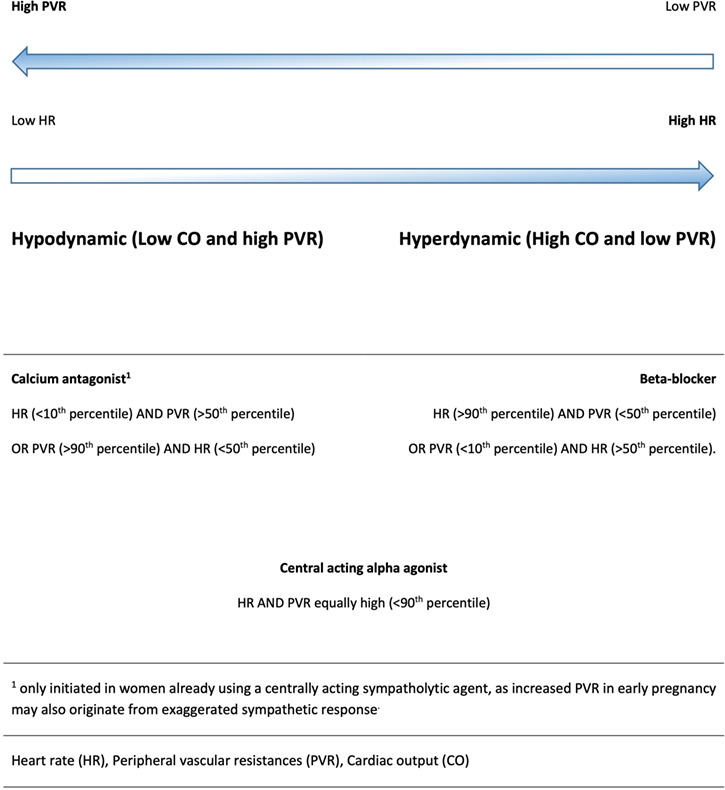
Pre-eclampsia and fetal growth restriction (FGR) have been long related to primary placental dysfunction, caused by abnormal trophoblast invasion. Nevertheless, emerging evidence has led to a new hypothesis for the origin of pre-eclampsia and FGR. Suboptimal maternal cardiovascular adaptation has been shown to result in uteroplacental hypoperfusion, ultimately leading to placental hypoxic damage with secondary dysfunction. In this review, we summarize current evidence on maternal cardiac hemodynamics in FGR and pre-eclampsia. We also discuss the different approaches for antihypertensive treatment according to the hemodynamic phenotype observed in pre-eclampsia and FGR.
Maternal hyperoxygenation during pregnancy as a tool in fetal disease diagnosis and treatment
- Pages: 273-282
- First Published: 13 February 2023
Second trimester fetal MRI of the brain: Through the ground glass
- Pages: 283-299
- First Published: 13 February 2023
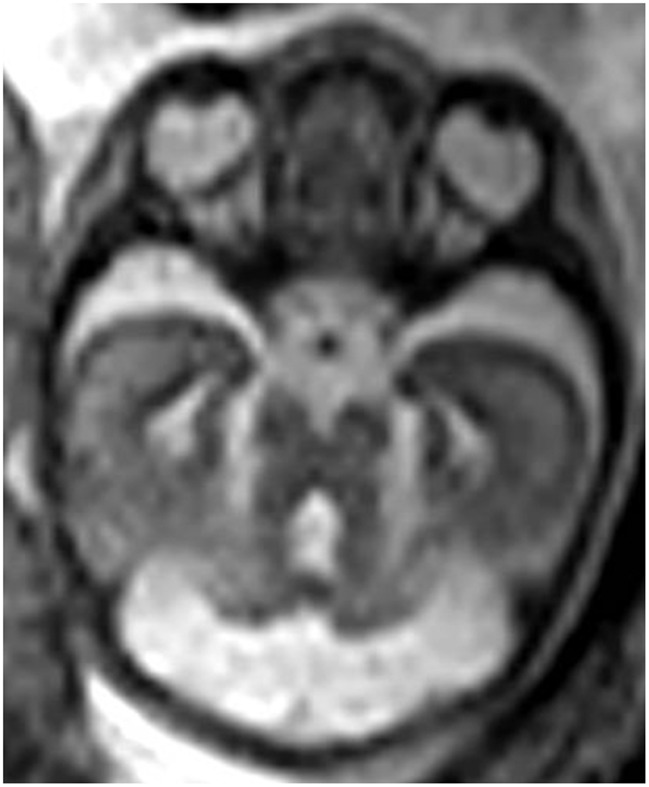
Fetal MRI is an important tool for the prenatal diagnosis of brain malformations and is often requested after second-trimester ultrasonography reveals a possible abnormality. Despite the immature state of the fetal brain at this early stage, early suggestive signs of the presence of brain malformations can be recognized.
Basic sonographic examination of the fetal brain at 11–13 weeks' gestation: Rationale for a simple and reliable four-step technique
- Pages: 300-310
- First Published: 13 February 2023
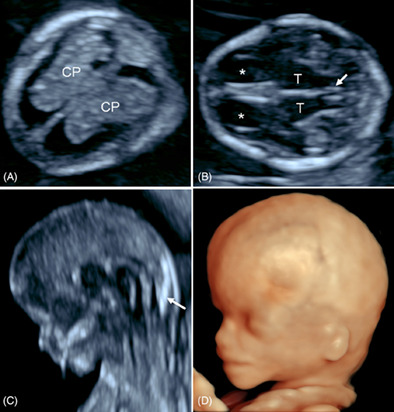
We discuss the basis for a basic, early examination of fetal brain during the first-trimester scan using a four-step technique. This includes the focused visualization of the cranial contour, choroid plexuses of the lateral ventricles, midline, aqueduct of Sylvius, brainstem, fourth ventricle, and the choroid plexus of the fourth ventricle.
Abnormal placenta implantation. Integration between first- and third-trimester imaging in predicting the severity of Placenta Accreta Spectrum (PAS) disorders
- Pages: 311-317
- First Published: 05 December 2022
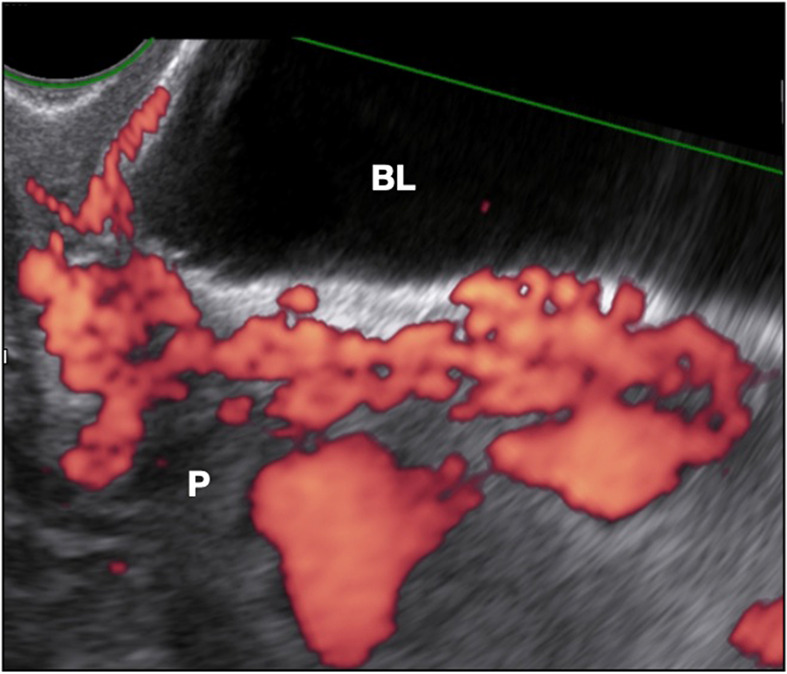
Placenta accreta spectrum (PAS) disorders are associated with a high risk of adverse maternal surgical outcomes, especially if not diagnoses. The aim of this paper is to provide an up to date on prenatal diagnosis of PAS disorders and to report whether integration between first- and third-trimester ultrasound can predict the presence and severity of these anomalies.
Umbilical vein blood flow: State-of-the-art
- Pages: 318-325
- First Published: 13 February 2023
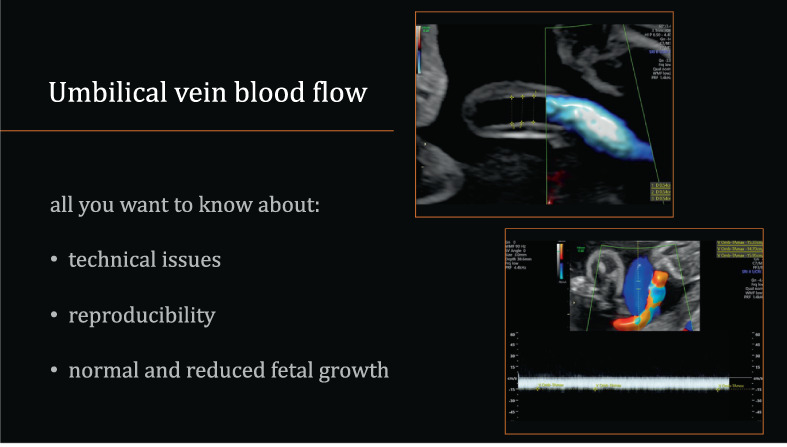
The aim of this review is to refresh basic elements of the physiology of umbilical vein blood flow, in order to prove that its clinical value cast a background of important pathophysiology basis and studies, promising to be useful in the diagnosis and management of fetuses with abnormal fetal growth.
Improving prenatal detection of abdominal supraumbilical anomalies: The sonographic examination of fetal anechoic spaces of upper abdomen revisited
- Pages: 326-345
- First Published: 13 February 2023
Ultrasound and fetal magnetic resonance imaging: Clinical performance in the prenatal diagnosis of orofacial clefts and mandibular abnormalities
- Pages: 346-361
- First Published: 13 February 2023
The role of ultrasound in the diagnosis and management of postpartum hemorrhage
- Pages: 362-372
- First Published: 13 February 2023




